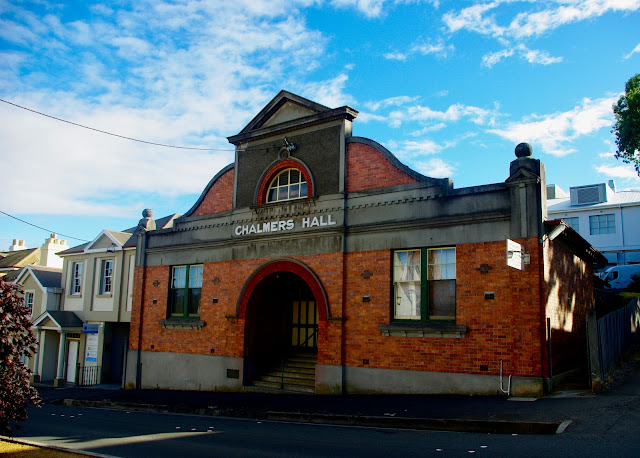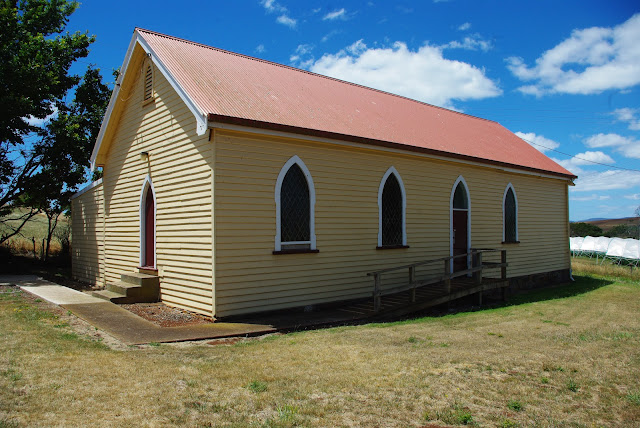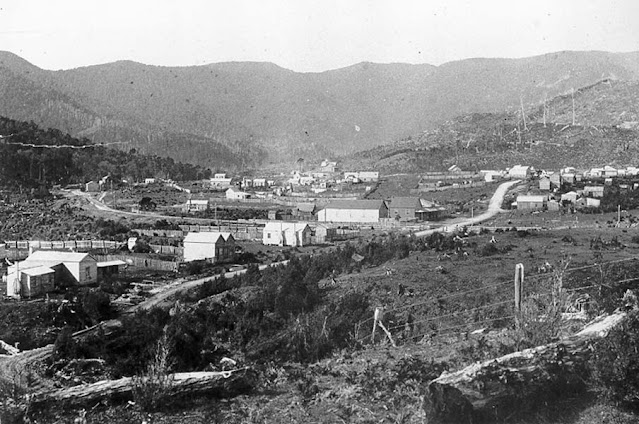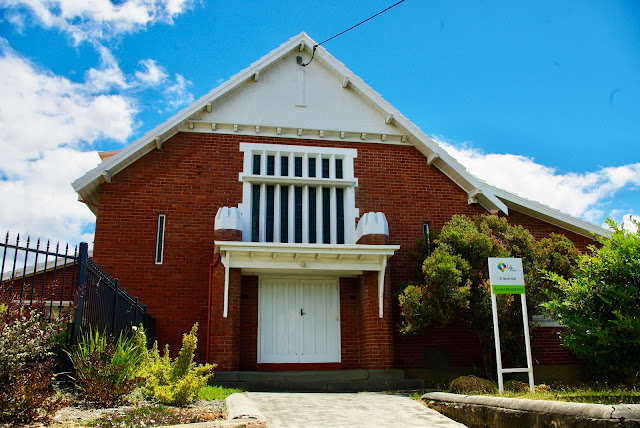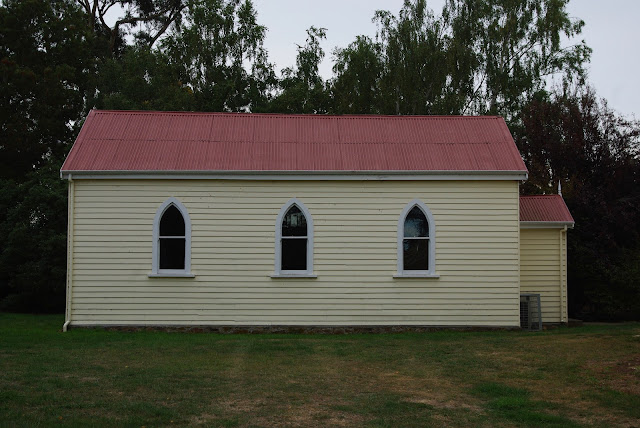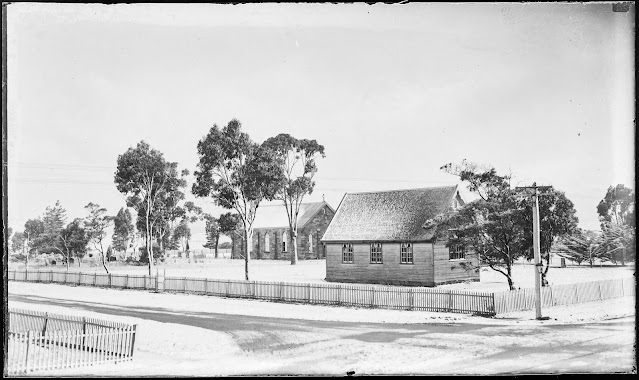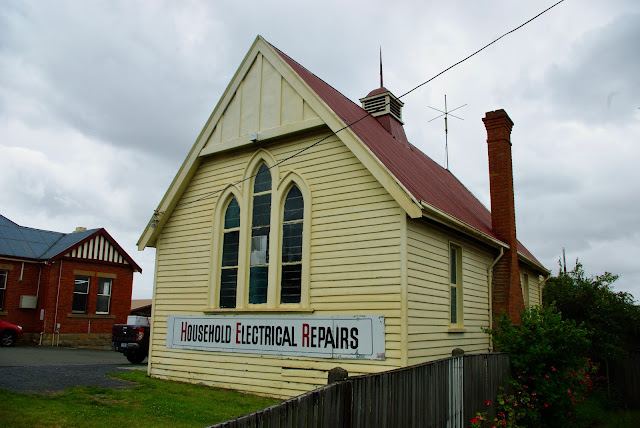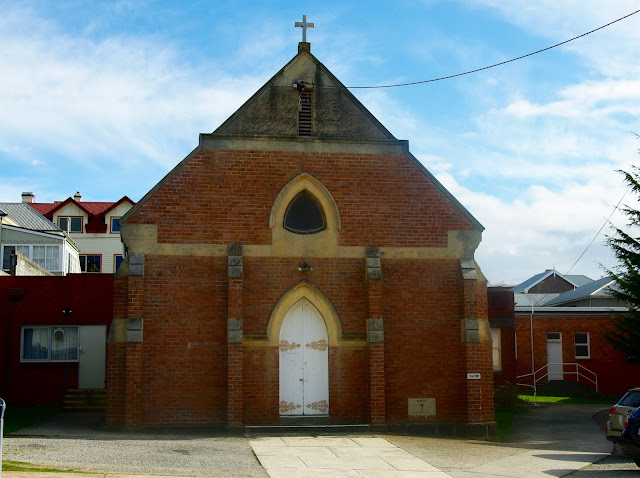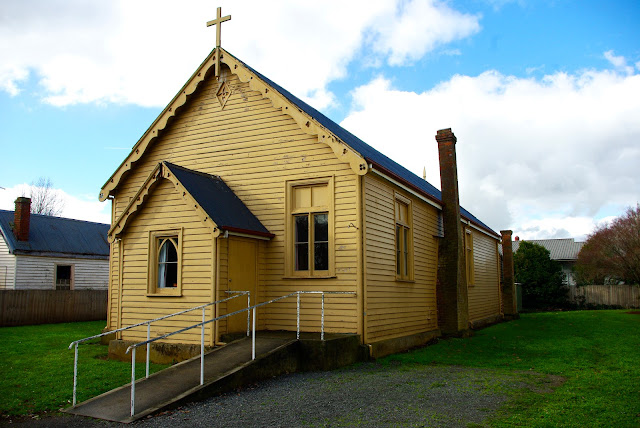No. 1104 - Tullah - Sacred Heart Catholic Church (c.1932)

Tullah is a small town on the Murchison Highway approximately 110 kilometres south of Burnie. It was established in 1900 as a remote mining settlement known as Mount Farrell. In the 1970s Tullah was used by the Hydro Electric Commission to house workers engaged in the various parts of the Pieman River Power Scheme. At this time Tullah’s population peaked at 2500. The town is divided into two sections; the older northern mining settlement and the newer southern part developed by the Commission. Four churches were built at Tullah representing the Methodist, Catholic and Anglican denominations. These have all closed and in recent years were replaced by the Tullah Community Church. The history of Tullah’s Catholic church is not well established. Shortly after the turn of the 20th century Catholic services were held at Kelly’s Hall. In 1910 Archbishop Delany visited the town to conduct a confirmation service. About twenty years passed before a church was built. The year in which the church...
